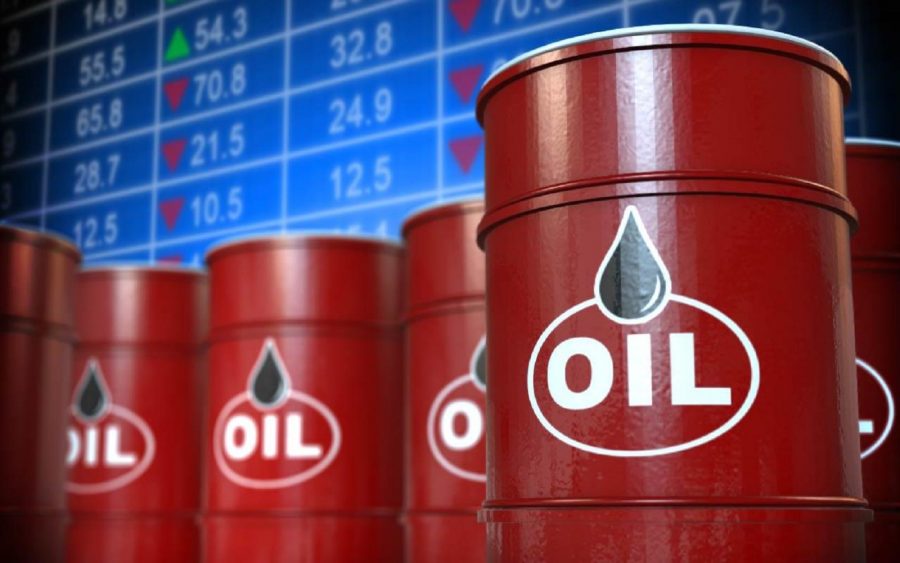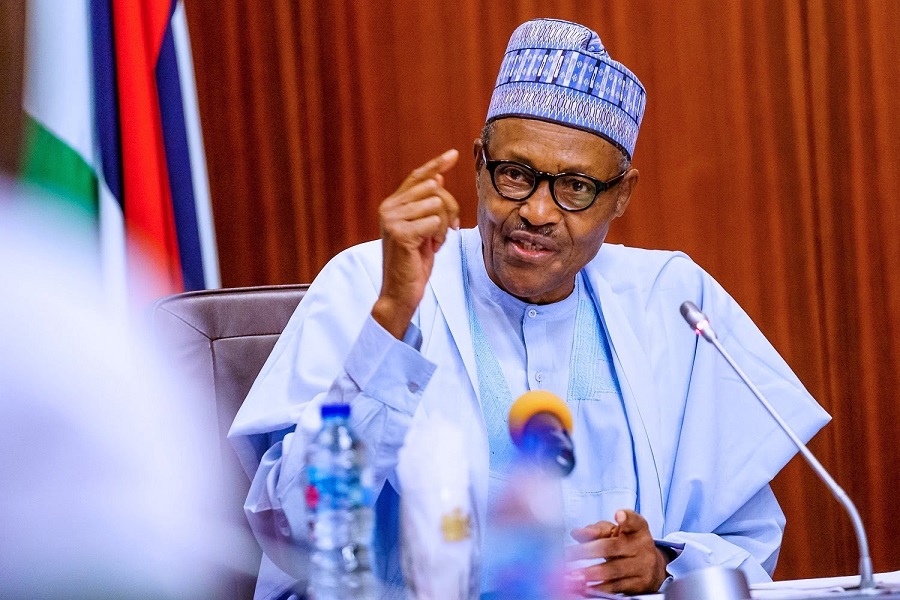The U.S. Oil (WTI) is on its way to break the $70 mark. This is because of bullish investors sentiments fostered by the Organization of Petroleum Exporting Countries and Allies (OPEC+) supply discipline, reduced COVID-19 deaths as the United Kingdom (U.K) recorded zero deaths on Wednesday and effective COVID-19 vaccination rollout around the globe.
The OPEC+ on Tuesday said they would stick to agreed supply restraints. A weekly oil supply report yesterday showed U.S. crude inventories dropped more than expected last week.
U.S. West Texas Intermediate (WTI) crude is up 0.61%, trading $69.24 a barrel while the Brent crude is up 0.5%, trading $71.64 a barrel, as of the time of writing this report.
READ: Oil price nears $72 per barrel over larger than expected crude draw
Stephen Brennock of oil broker PVM stated, “After much dilly-dallying, Brent appears to have found a new home above $70.”
Brennock further stated, “Summer and the reopening of the global economy is bullish for oil demand in the second half of the year.” For the week, Brent is on track for a gain of more than 2.8% and WTI crude is heading for a 4% rise.
Another reason for the bullish trend of oil this week is the slowdown in talks between the United States and Iran over Tehran’s nuclear programme, which reduced expectations for a rapid increase in the supply of oil that would have come about by Iranian oil hitting the market.
READ: Oil prices stay firm, buoyed by OPEC+ supply cuts
Investors will be looking to the U.S. jobs figures for May, in the form of a Non-Farm Payroll report, in which an expected 650,000 added jobs is to be announced.
While rising demand and the fast pace of COVID-19 vaccinations in countries such as the United States has boosted oil prices, a slower rollout and high infections rate is affecting countries like Brazil and India.
These countries are characterized as high-growth oil markets which means that a decline in demand from them may prove unfavourable for the price of oil.
India, the world’s second-largest country by population, has vaccinated only 4.7% of the adult population and is currently suffering from a second wave of infections.






















Nice